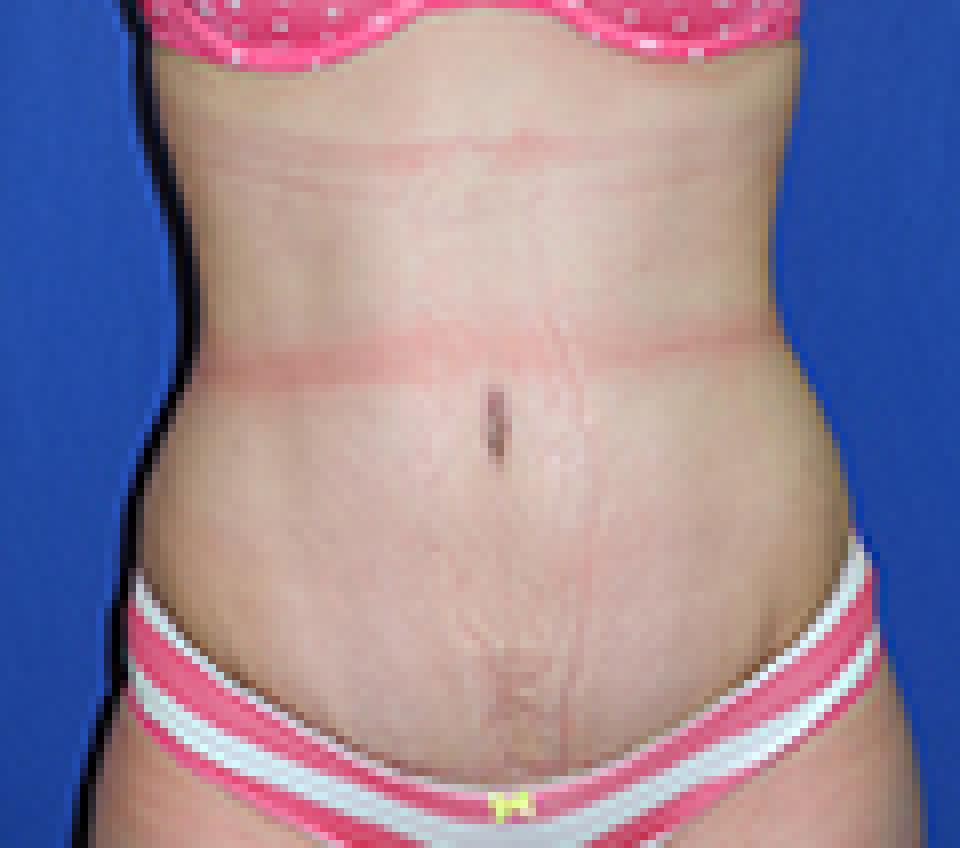Umbilicus
Known also as the navel and belly button the visually prominent umbilicus is centred in the abdomen, in the young and slim adult at the level of the disc between 3rd and 4th lumbar vertebrae. It is the remainder of the gap in the abdominal wall that connected mother and fetus via the blood vessel containing umbilical cord. The gap in the abdominal wall may persist in infancy leading to an umbilical hernia which may require surgical repair but more often will subside spontaneously.
For most persons, the umbilicus is a depressed cavity which requires ordinary hygienic care, when this is absent, superficial infections may develop, or a type of horn may form. Some persons have an extruded umbilicus, which is not a hernia, but looks “different,” and may be the cause of concern. Umbilical hernia is a problem also in adult life, commonly associated with abdominal obesity; it may come with pregnancy and subside after delivery, or it may be a permanent feature with a tight ring of a mouth resulting in an obstructed hernia requiring surgical correction.
For those who do not like the appearance of their umbilicus, relief is obtained by umbiliocoplasty, known colloquially as “belly button surgery.” This is not for repair of a defect such as a hernia, but is strictly to create a more pleasing, or less displeasing, appearance. As such, the prospective patient and surgeon will agree ahead of the operation on what appearance is going to best please the patient. It is recognized that commonly worn clothing, not only swim wear, exposes the umbilicus, and decoration with jewels is no longer the prerogative of the exotic east.
 before
before
 after
after
This is a 21 year old woman with a BMI of 25.5 who had borne one child and became very displeased with the contour of her abdomen as a result. She had already been told that she had an umbilical hernia and wished to undergo repair of both issues at the same time.
She underwent lipoabdominoplasty, a procedure that treats the front of the abdomen by safely combining liposuction and abdominoplasty, along with liposuction of the bilateral anterior flanks, which refers to the front half of the "sides" of the body. Her umbilical hernia was repaired at the same time by Scott Belsley, MD, FACS, a board certified general surgeon, using a biological mesh that is incorporated into the body's own tissues over time. Dr. Scott Belsley and I often collaborate on cases that involve both plastic surgical and general surgical issues.
 before
before
 after
after
This case depicts a 40 year old woman who had borne three children via c-section. Her c-section resulted in a vertical scar starting immediately below the belly button or umbilicus. She had extra fat beneath the abdominal skin, in addition to a noticeable c-section scar.
During her surgery, the abdominal wall was tightened, portions of the excess fat beneath the skin were removed and the entire vertical c-section scar was removed. The post-operative photographs depict this woman's appearance approximately one month after surgery.